Nikon Nikkor AF-S 24-70 mm f/2.8E ED VR
5. Chromatic and spherical aberration
Chromatic aberration
The tested lens doesn’t have any problems with the longitudinal chromatic aberration. The coloring of out-of- focus images both at 50 and 70 mm is slight so you shouldn’t worry about it at all.
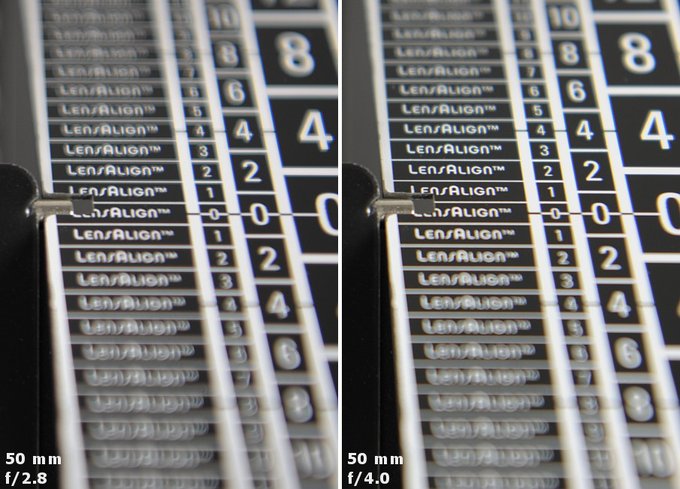 |
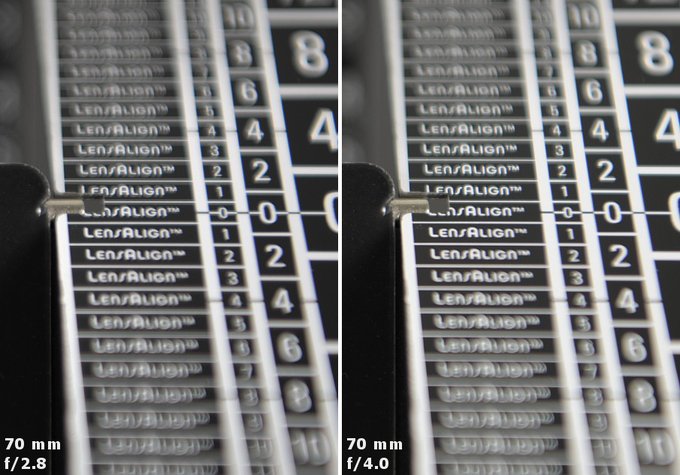 |
Please Support UsIf you enjoy our reviews and articles, and you want us to continue our work please, support our website by donating through PayPal. The funds are going to be used for paying our editorial team, renting servers, and equipping our testing studio; only that way we will be able to continue providing you interesting content for free. |
- - - - - - - - - - - - - - - - - - - - - - - - - - - - - - - - - - - - - - - - - - - - - - - -
The correction of the lateral chromatic aberration is another matter – the graphs below present its levels respectively on the edge of the APS-C/DX and on the edge of full frame.
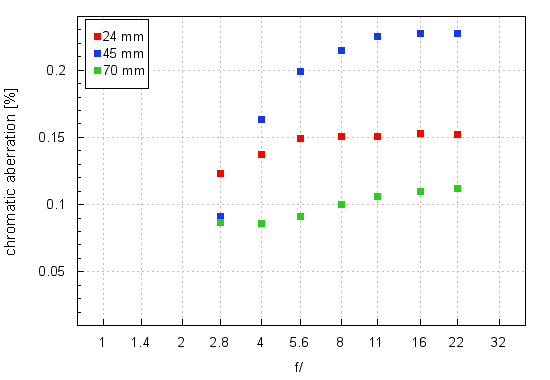
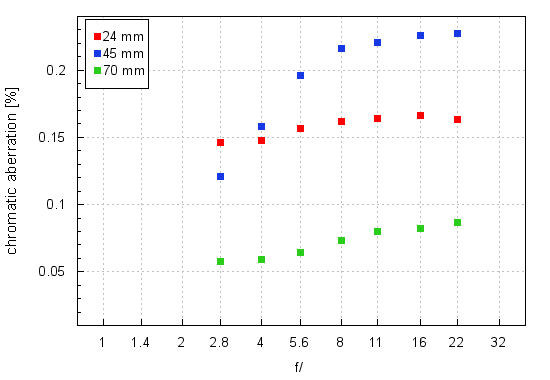
Most problems you can encounter in the middle of the focal range where, on stopping down the aperture, that aberration might reach even as high as 0.22-0.23%. To be honest it is not a level you would expect from an expensive lens aimed at professional photographers. After all in the case of its predecessor the highest values in this category didn’t exceed 0.13% and the worst result of the Canon EF 24–70 mm f/2.8L II USM was less than 0.17%. What’s more, there are noticeable problems at the shortest focal length where the aberration level is able to exceed 0.15%. Only at the 70 mm focal length there are no reservations at all as the level of aberration, described here, is slight.
| Nikon D3x, 45 mm, f/16 | Nikon D3x, 70 mm, f/4.0 |
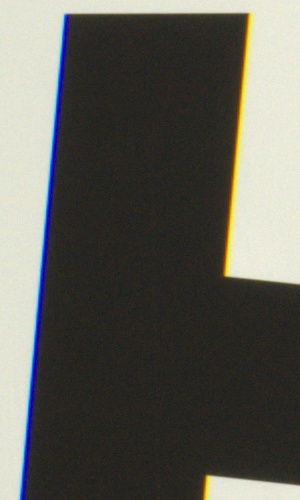
|
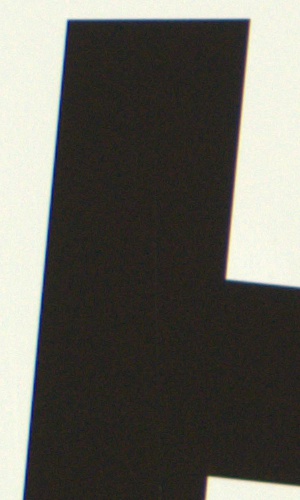
|
Spherical aberration
The tested lens didn’t have any noticeable ‘focus shift’ effect but if you look closer at the first photos presented in this chapter you can notice a slight shift of the depth of field toward the longer end of the focal range, especially after stopping down the lens from f/2.8 to f/4.0. It is a very weak effect but it seems real enough to mention it here.
The effects connected with the influence of the spherical aberration are visible also in the case of defocused circles of light. The one we got in front of the focus features a noticeably lighter rim. Right behind it, moving toward the centre, you see a darker area; in the circle behind the focus that area is lighter for a change.
All the effects, described here, seem to suggest that the spherical aberration correction is far from perfect. There are no huge problems in this category but you can hardly praise the lens for its performance.
| Nikon D3x, 70 mm, f/2.8, in front of | Nikon D3x, 70 mm, f/2.8, behind |
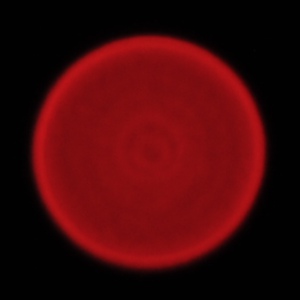
|
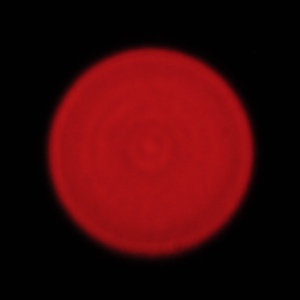
|






